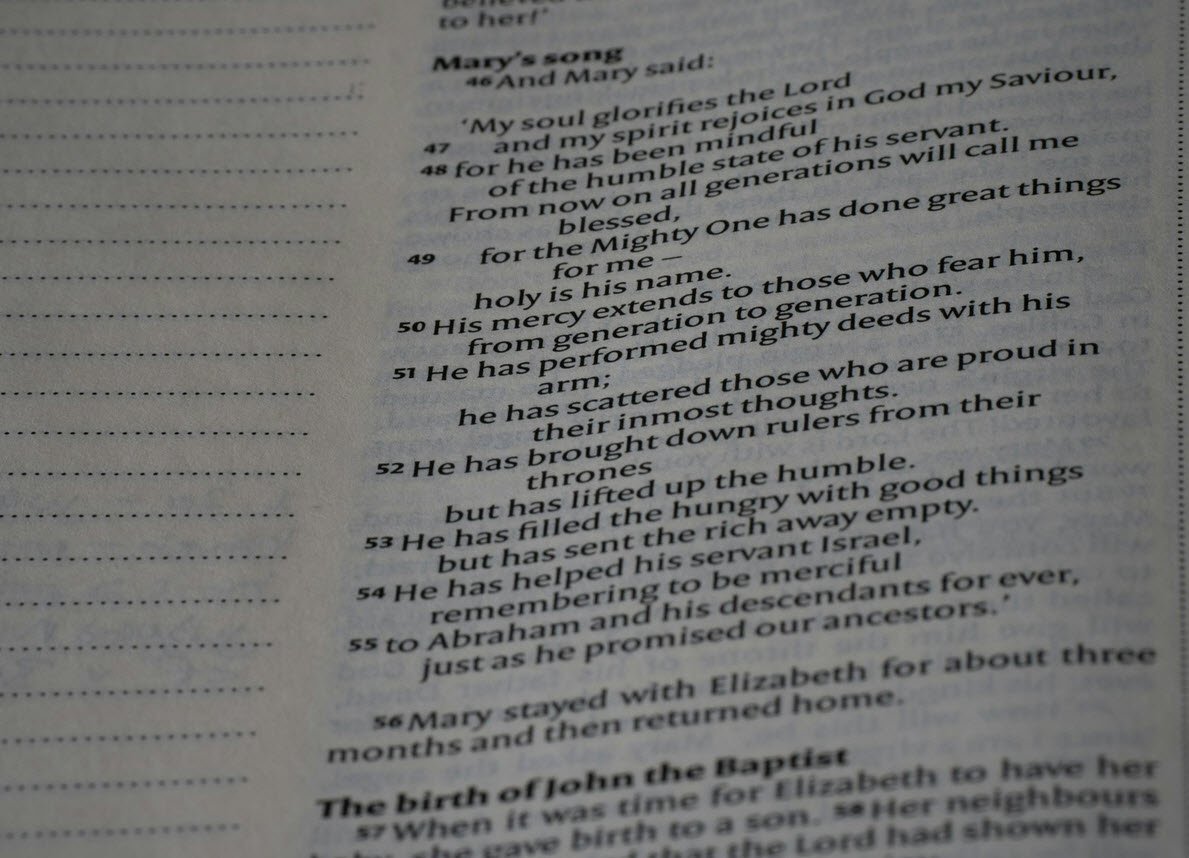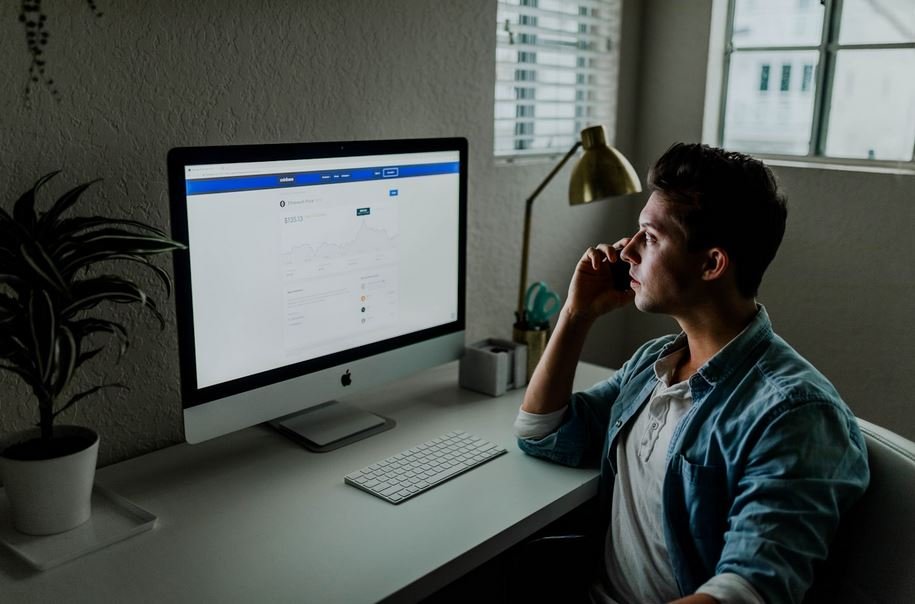
The TOEIC (Test of English for International Communication) is an English language proficiency test designed to assess the English language skills of non-native speakers in a business or professional context. The test is widely used by organizations around the world to evaluate the English language skills of job candidates, employees, and students.
The TOEIC test consists of two parts: the TOEIC Listening and Reading Test and the TOEIC Speaking and Writing Test. The TOEIC Listening and Reading Test is a paper-and-pencil test that consists of multiple-choice questions, while the TOEIC Speaking and Writing Test is a computer-based test that consists of spoken and written responses to prompts.
The test is designed to measure a wide range of English language skills, including listening comprehension, reading comprehension, speaking ability, and writing ability. Overall, the TOEIC is a widely recognized and respected English language proficiency test that is used by organizations around the world to evaluate the English language skills of non-native speakers.
Q&A Topic: Business Letter Basics
A business letter is a written form of communication that is used to convey information or request actions from individuals or organizations in a professional setting. It typically follows a standard format and includes the date, recipient’s address, sender’s address, greeting, body, closing, and signature. Business letters can be used for various purposes such as job applications, complaint letters, cover letters, reference letters, thank you letters, and many others.
Here are some questions that can help you to clear the TOEIC exam:
Q1 The first goal in writing a business letter is to get the recipient’s ___________.
(a) address
(b) attention
(c) services
(d) trade
Answer: (b) attention
Q2 One fundamental ___________ of effective writing is to put the key information at the beginning.
(a) case
(b) example
(c) principle
(d) situation
Answer: (c) principle
Q3 Avoid ___________ down the beginning of the letter with abundant information of which the reader is already aware, however.
(a) gearing
(b) setting
(c) weighing
(d) writing
Answer: (c) weighing
Q4 Effective writing is ___________ reading that makes the recipient want to read further.
(a) affected
(b) effortless
(c) effusive
(d) offensive
Answer: (b) effortless
Q5 In writing commercial correspondence, it is important to employ a friendly yet efficient ___________.
(a) feeling
(b) mood
(c) tense
(d) tone
Answer: (d) tone
Q6 Try to aim for a ___________ style, but without employing bad grammar, slang, or otherwise questionable English.
(a) controversial
(b) convenient
(c) conventional
(d) conversational
Answer: (d) conversational
Q7 Be merciless in eliminating the ___________ that most people put into letters: it wastes the recipient’s time and tries his or her patience.
(a) backing
(b) clouding
(c) complaining
(d) padding
Answer: (d) padding
Q8 A good business letter is simple and straightforward without being simplistic or ___________.
(a) panoramic
(b) paternal
(c) patriotic
(d) patronizing
Answer: (d) patronizing
Q9 The conclusion or ending paragraph should bring the communication to a polite and ___________ close.
(a) businesslike
(b) interminable
(c) measurable
(d) subtle
Answer: (a) businesslike
Q10 Unfortunately, the ending paragraphs in much commercial correspondence employ wordy and overused phrases that detract from the letter’s ___________.
(a) contact
(b) contract
(c) extract
(d) impact
Answer: (d) impact








